The travel industry has been through the wringer lately. We've all had to adapt and get scrappy. But I truly believe that amidst the challenges, there's also huge potential to connect with travel-savvy customers in new and exciting ways. I've identified a few trends I think are worth paying attention to – think of this as us putting our heads together, figuring out how to navigate this evolving landscape.
Trend #1: The Rise (and Rise) of Wellness Travel

Wellness tourism is no longer a niche phenomenon; it's here to stay with growth projected to outpace overall tourism for the foreseeable future. This means prioritizing offerings explicitly designed to promote physical and mental well-being for the ever-weary traveler.
Don't think of it solely as yoga retreats in far-flung locations. “Wellness” has a much broader scope now. We're talking about:
Prioritizing Rest: Promoting deep restful sleep is a massive hook. Think targeted sleep retreats, curated pillow menus, and partnerships with sleep-aid brands.
Nature Immersion: Highlighting the connection with natural environments through hikes, nature walks, and outdoor meditation sessions.
Culinary Alignment: Menus with locally sourced ingredients, an emphasis on plant-based options, and an understanding of how food impacts mood and energy.
The mistake to avoid is tacking on a yoga class or a fresh smoothie option and calling it a wellness experience. True wellness focus should be infused into everything your business offers, from the room design to the excursions and even your marketing itself.
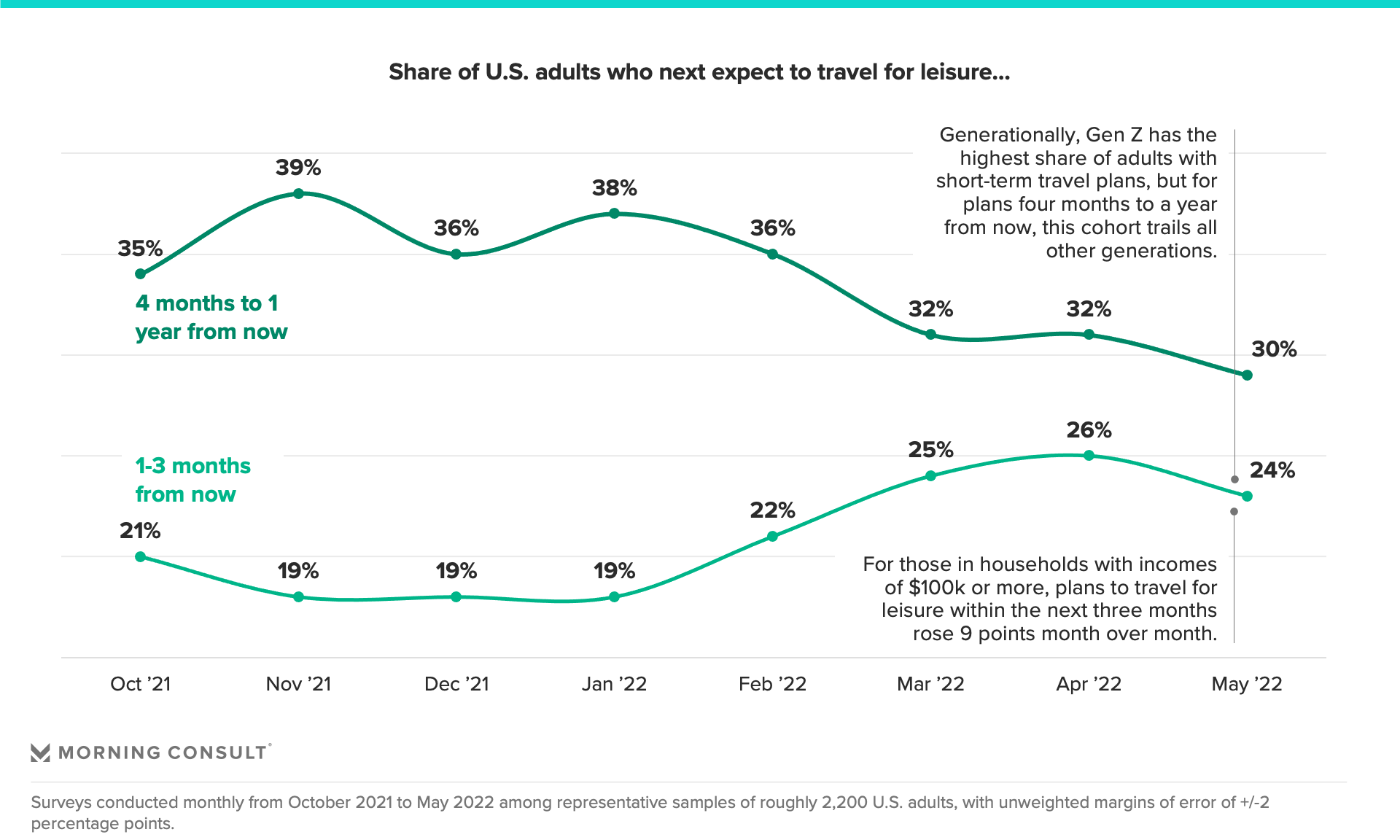
Trend #2: Price Sensitivity Meets the Desire for Value
Economic turbulence and a lingering sense of caution mean people are paying more attention to their budgets. While this might seem like an obstacle, it's actually an opportunity—if you know how to frame your offerings.
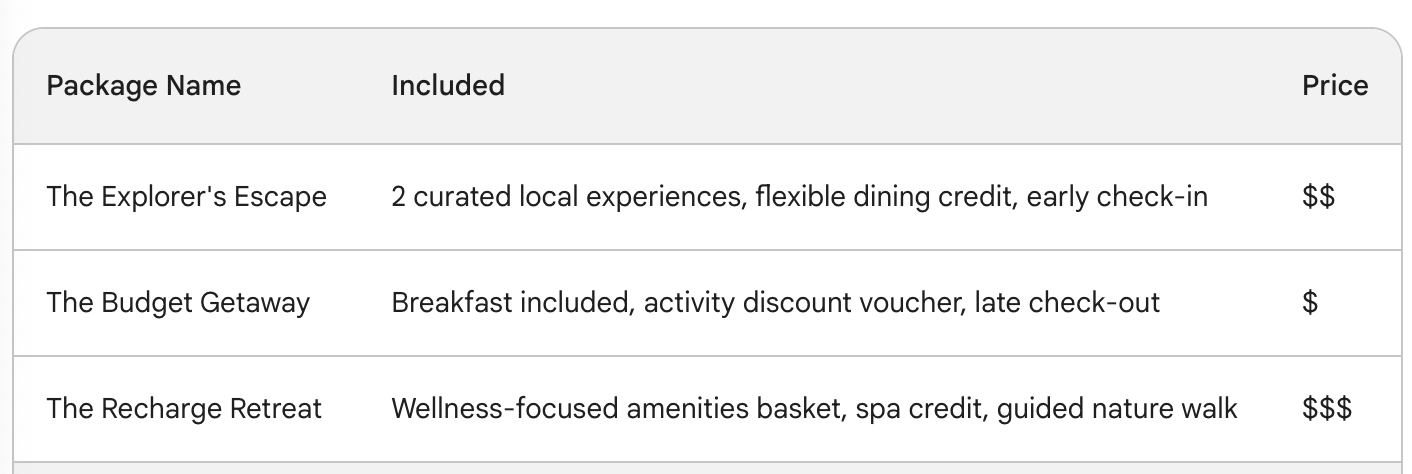
The Value Equation: Your marketing messaging can't just be about the destination or the rooms; it needs to relentlessly highlight the value people are getting in return for their hard-earned money. This could come in the form of unique experiences, personalized service, unexpected upgrades, or even add-ons explicitly designed for cost-conscious travelers.
Flexible Packages: People want reassurance in uncertain times. Create packages with flexible cancellation and modification policies, even if they come at a slight premium. The peace of mind these offer can go further in securing bookings than a small discount.
Tiered Offerings: Instead of a one-size-fits-all approach, create tiered packages that cater to different budget levels. This allows even price-sensitive travelers to find something that feels attainable, making your destination more aspirational.
The key here lies in moving away from simply selling your destination to selling the transformation people get when they invest in the travel experience you offer.

Trend #3: The Social Media Short-Form Juggernaut
Let's be absolutely clear: TikTok isn't just for Gen Z dance videos anymore. With platforms like Instagram actively pushing short-form video content, ignoring this format is a missed opportunity.
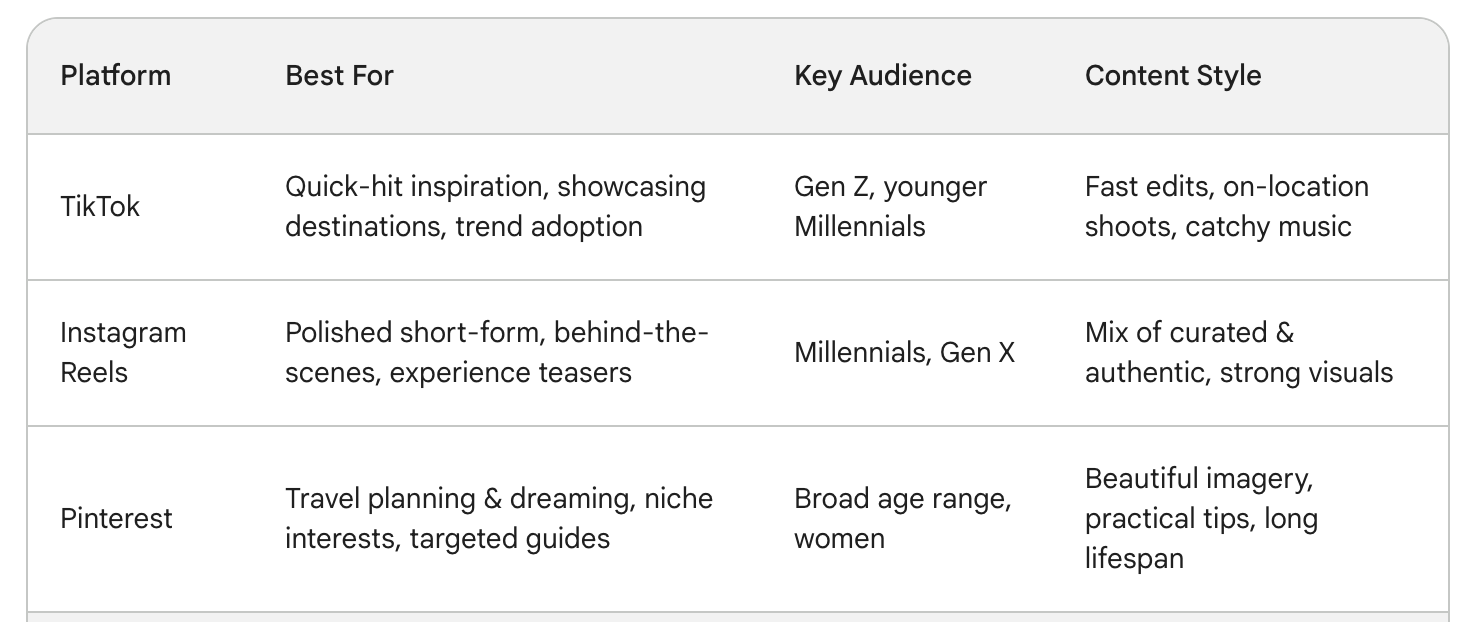
Remember, the best social strategy isn't about mastering every platform; it's about hyper-focusing on the ones with the most potential for your target audience. Here's where my SaaS experience gives me a different perspective:
It's Not About Production Value: Sure, polished high-production videos can work, but often, it's the authentic, on-the-ground feel (shot and edited on a phone) that actually gains more traction. Think behind-the-scenes snippets, local market tours, quick interviews with staff, etc.
Jump on Trends Decisively: When you see a trend emerge (a specific audio track, a transition style, a particular editing flow), don't analyze it to death— create your own version immediately if it aligns with what your brand does. The first-mover advantage is very real here.
Partner for Authenticity: While influencer marketing has been around for a while, what works now is partnering with smaller niche creators. Their devoted followers trust them because they aren't polished professionals, and those audiences are ripe for conversion.
Social media is moving at breakneck speed—don't try to keep up with everything; instead, double down on the few tactics that have proven returns for your niche.
Trend #4: The Last-Minute Scramble
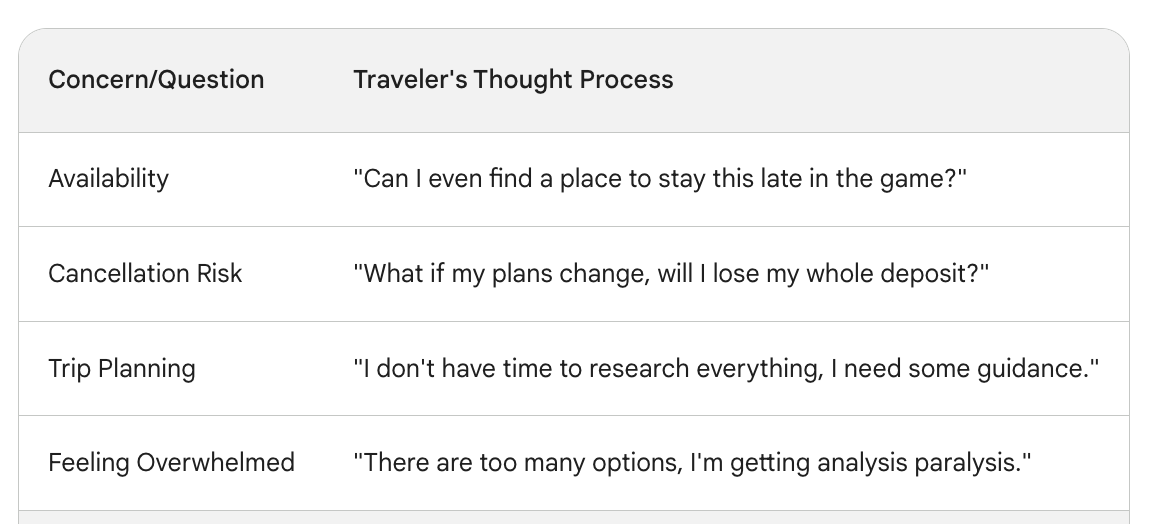
Booking windows have shrunk considerably. Gone are the days of meticulous planning months in advance for many types of vacations. People are craving spontaneity and flexibility. What does this mean for your business?
Agility is Key: Your operations need to be structured for speed, allowing you to respond to last-minute inquiries, bookings, and even itinerary changes. This might necessitate adjustments to staffing, partnerships, and even your tech stack.
Urgency in Marketing: Your marketing messages should play into that desire for the last-minute escape. Phrases like “Last chance getaways,” “This weekend only deals,” and highlighting the ease of booking on-the-go can be highly effective.
Showcase Availability: This might seem obvious, but you'd be surprised how many businesses bury their availability information. Keep it front and center on your website, social media, and in all communications. Remove any friction for those ready to book right now.

Trend #5: Personalization Through Data
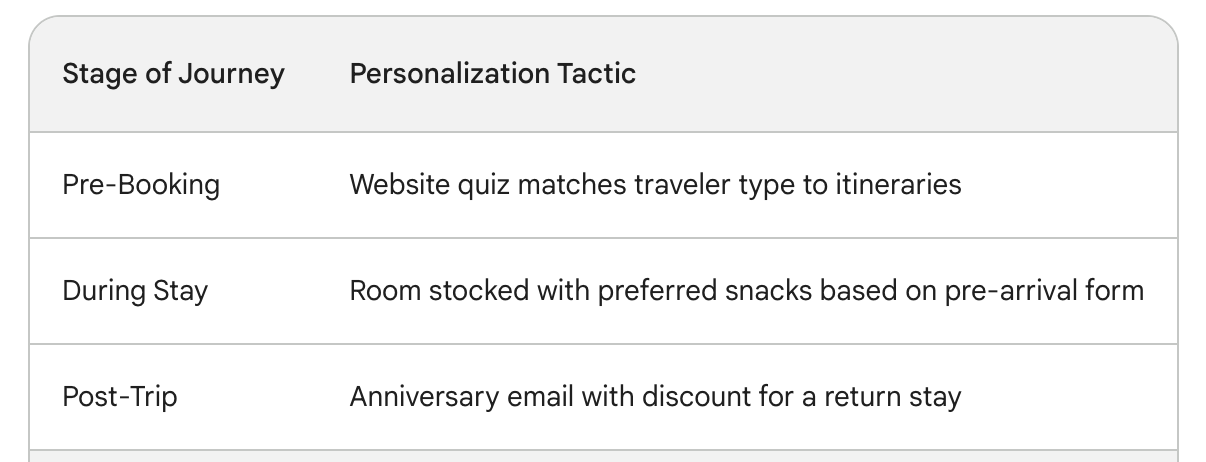
This isn't some futuristic concept—it's what the savvy travelers now expect. And no, I don't just mean a well-placed “Dear [Customer Name]” in an automated email.
Invest in the Tech: Having a CRM that collects and centralizes customer data is table stakes in this game. Go deeper, explore tools that help you segment, track preferences, and even monitor browsing behavior on your website. Yes, this is where my SaaS bias shows!
It's in the Details: True personalization is about making the experience feel designed specifically for the visitor. This can translate to dietary preferences remembered during their stay, targeted activity recommendations based on past interests, or celebrating milestones (birthdays, anniversaries) with customized touches.
Beyond the Transaction: Personalization isn't just about the booking phase. Send curated post-visit communications, like location-specific guides, recommendations for their next trip based on where they just went, or even exclusive offers for returning visitors.
The real shift is understanding that data is a tool, not the end goal. Personalization is about creating a lasting emotional connection, not just securing a booking.
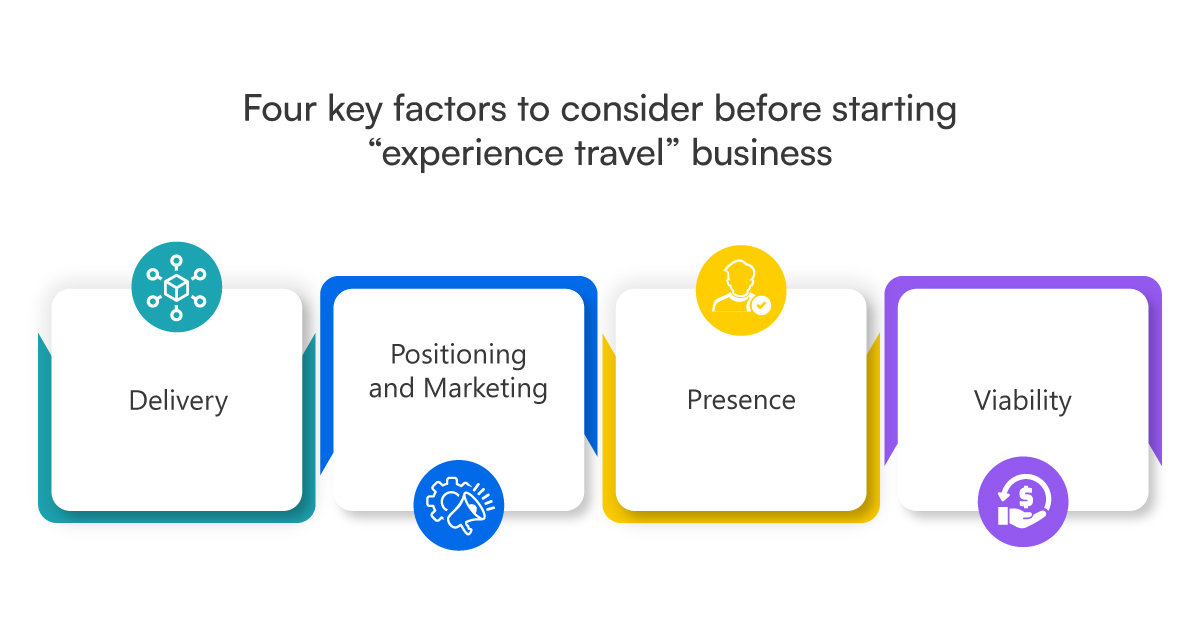
Trend #6: The Rise of Experiential Travel
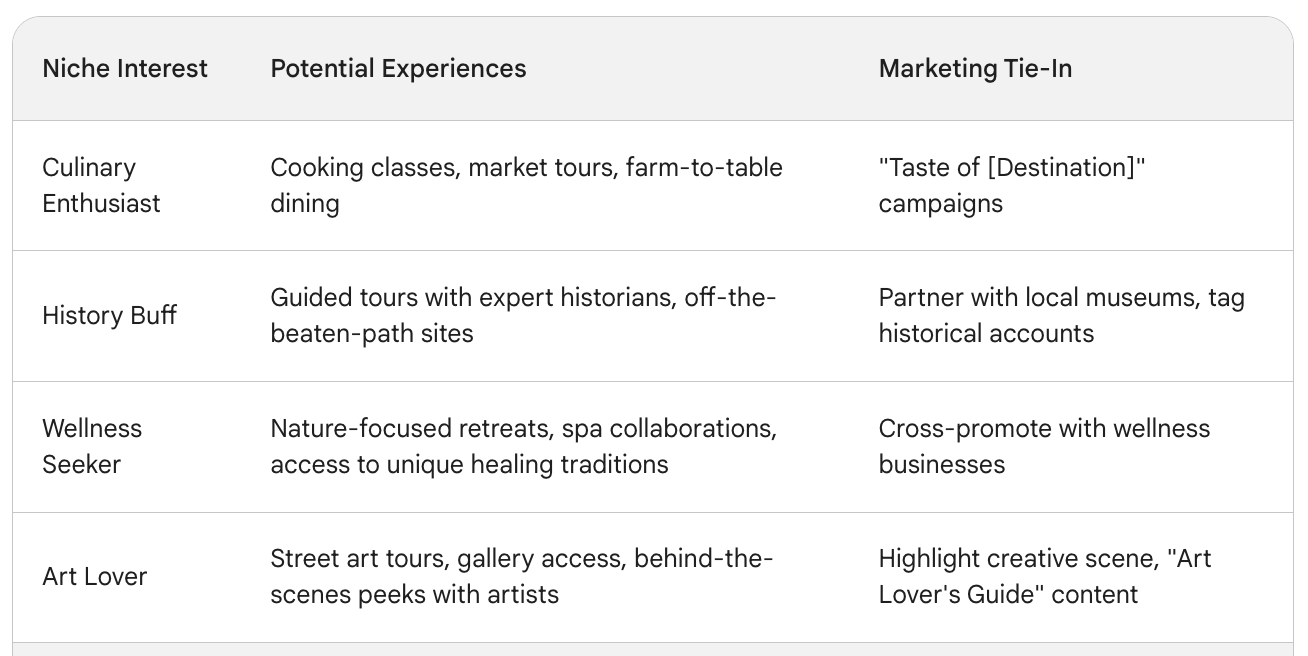
People want more than just a pretty view; they crave immersive experiences that create lasting memories. Th e “Instagrammable moment” is still a thing, but that alone won't cut it anymore.
Forge Local Partnerships: Team up with local artisans, culinary experts, wellness practitioners, or historians to offer unique experiences that can only be had in your location. This adds depth and makes your destination far more compelling.
Niche Storytelling: Don't be afraid to go narrow when crafting your marketing. Instead of trying to appeal to everyone, focus on themes that have the power to resonate deeply with a niche audience. Think “The Yoga Lover's Escape” or “The Foodie's Hidden Gem.”
The Community Angle: Can you facilitate connections between travelers based on common interests? Even something as simple as a shared dinner table for solo travelers can foster a sense of belonging and make your destination even more memorable.
Focus on providing experiences that transform. A well-executed immersive offering becomes a story visitors share for years, making your marketing task exponentially easier.
It's Not Just About the Trends
While identifying and adapting to trends is vital, here are a few foundational principles that will ensure your marketing efforts hit the mark, regardless of what's “hot” right now:
Know Your Ideal Customer to the Core
I know, this sounds basic, but too many marketers treat this as a checkbox exercise. Go beyond demographics; understand their deepest anxieties, desires, and the things they brag about to friends.
Content is Still King
But don't conflate content with just blogging. High-quality destination videos, interactive destination guides, and user-generated content can be just as powerful (if not more) than the written word.
The Power of Community
Don't just talk at potential customers, build a genuine community where travelers can connect with each other and share their experiences. This fosters loyalty that paid advertising can't buy.
Trends are like a compass giving you a general direction. It's these enduring principles that will keep you on course.
FAQ
1. You talk about wellness travel exploding, but isn't that just a fad for the wealthy?
Not at all! While high-end wellness retreats certainly exist, the concept of wellness travel is much more expansive. Think of it as prioritizing experiences and environments that promote mental, physical, and emotional well-being for travelers of all budgets. This could mean anything from access to scenic hiking trails and nutritious local food to partnerships with affordable yoga studios or even simply offering blackout curtains for better sleep. The key is to understand that modern travelers crave a break from the stress of everyday life, and destinations that cater to that desire will have a competitive edge.
2. Okay, I'm sold on focusing on value, but won't discounting hurt my bottom line?
It's a valid concern, but emphasizing value isn't just about slashing prices. Start by understanding what your ideal customer truly values. That could be unique experiences they can't get elsewhere, flexible cancellation policies that offer peace of mind, personalized touches, or even cleverly designed package deals that feel like an upgrade without breaking the bank. Price is just one component of the value equation.
3. I'm not a video editing wiz. Does it really matter if my social media videos aren't super polished?
Absolutely! While a beautifully edited video showcasing your destination can certainly work, what's trending right now is an authentic, in-the-moment vibe. Think quick phone-shot snippets of a bustling local market, a behind-the-scenes look at preparations for a special event, or even jumping on a trending audio with a relevant twist that showcases your location. Consistency and capturing the unique feel of your destination matter more than fancy production techniques.
4. Personalization sounds great, but it also sounds time-consuming. Where do I even start?
Start small and choose one or two personalization tactics that seem manageable. This could be as simple as greeting return guests by name, offering a curated list of activity recommendations based on their interests, or sending a birthday discount offer to past guests. The initial investment of time to set up these simple personalization touchpoints will pay off in increased customer loyalty and positive word-of-mouth.
5. The "last-minute" traveler stresses me out. Are they even worth targeting?
While they may require more flexibility on your end, last-minute travelers can be a lucrative market segment. Focus on streamlining your booking process to reduce friction, clearly communicate availability on your website and social channels, and consider having a few pre-packaged "getaway specials" you can easily promote with short notice. These travelers seek spontaneity and convenience – give that to them, and you might be surprised by the results.
6. What if my destination doesn't have those super unique experiences to offer?
Don't underestimate the power of storytelling! Maybe your town has a quirky historical figure, an under-the-radar culinary scene, or vibrant street art. Focus on crafting a compelling narrative around those elements, position them as "hidden gems" waiting to be discovered, and partner with local businesses to create experiences that tap into that niche appeal. Authenticity and a sense of insider access can be just as enticing as well-known attractions.
7. Should I focus on a single social media platform, or try to be active on all of them?
Trying to do everything leads to mediocrity. Instead, choose one or two platforms where your ideal customer is most likely to hang out. Do your research - does your location lend itself to visually stunning Instagram content? Are there active travel groups on Facebook relevant to your niche? Focus on consistent, high-quality engagement on those chosen platforms, rather than spreading yourself thin.
8. My website gets traffic, but not many bookings. Could my messaging be the problem?
Definitely! Audit your website copy and marketing emails. Are you relentlessly focused on the features of your destination (a comfy room, a pool, etc.)? Shift the emphasis to the transformation your guests will experience. Don't just sell a stay, sell a restorative escape, an unforgettable adventure, or the chance to create lifelong memories. Paint a vivid picture of how your potential guest will feel during and after their trip.
9. Is there a way to leverage trends without seeming like I'm just chasing fads?
Absolutely! The key is to identify trends that align with your destination's core strengths and your ideal customer. Trying to force a "wellness retreat" offering in a bustling city center likely won't feel authentic. But, highlighting that same city's walkability, access to farm-fresh dining, and pockets of green space taps into the wellness trend in a genuine way. Stay true to your destination's identity while creatively aligning with broader shifts in traveler preferences.
10. This all feels overwhelming! What's the single best first step to take?
Identify your ideal customer. Go beyond basic demographics and dig into their motivations, pain points, and what they brag about when they have an amazing travel experience. Understanding who you're truly serving will make every other marketing decision easier.






